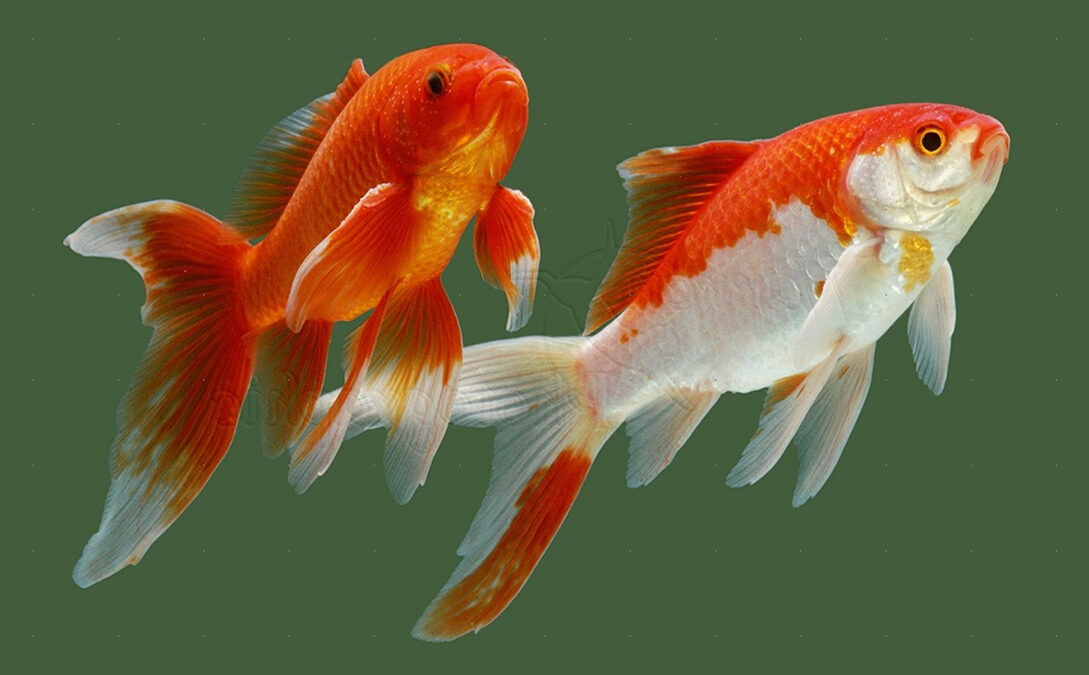Introduction
With the numerous species of pets around the globe, goldfish take the spot for one of the most widely kept pets in aquariums due to their vibrant colors, graceful swimming, and different shapes and sizes. Be it a simple home bowl or an extravagant garden pond, goldfish have their charm despite being easy to take care of. However, not all goldfish are created equal.
One should keep in mind all that comes with a fish before buying one. It is imperative to know the different types and analogs before buying any kind of goldfish, as they all have specific requirements or habits. Each variety comes with its own set of swimming patterns and caring needs. Knowing this information beforehand can help you choose the right goldfish and provide it with the best care possible.
The intent of this blog is to help both newcomers and enthusiasts understand the different varieties of goldfish, their traits, and the maintenance they require. Thus, you will ensure that you make the right choice for your pond or aquarium.
Goldfish Basics

In Ancient China, goldfish were domesticated owing to their beauty and transformed from wild carp through selective breeding over a period of a thousand years. Their fame grew rapidly in places like Japan and Europe, and now they are one of the most adored ornamental fishes across the globe.
Goldfish can be divided mainly in two categories: goldfish with single tails, and ornate or fancy goldfish. Single-tailed goldfish tend to have streamlined bodies and strong swimming skills. Fancy goldfish, on the other hand, are bred for specific body shapes and fins that usually make them delicate and slower.
Goldfish are recognized for their long lifespan. With the proper care, some goldfish can live up to 20 years. Goldfish are omnivores, meaning they eat both plant and animal matter. They thrive in an environment where the tank is well filtered and the temperature of water is consistent as well as having clean water.
Major Categories of Goldfish
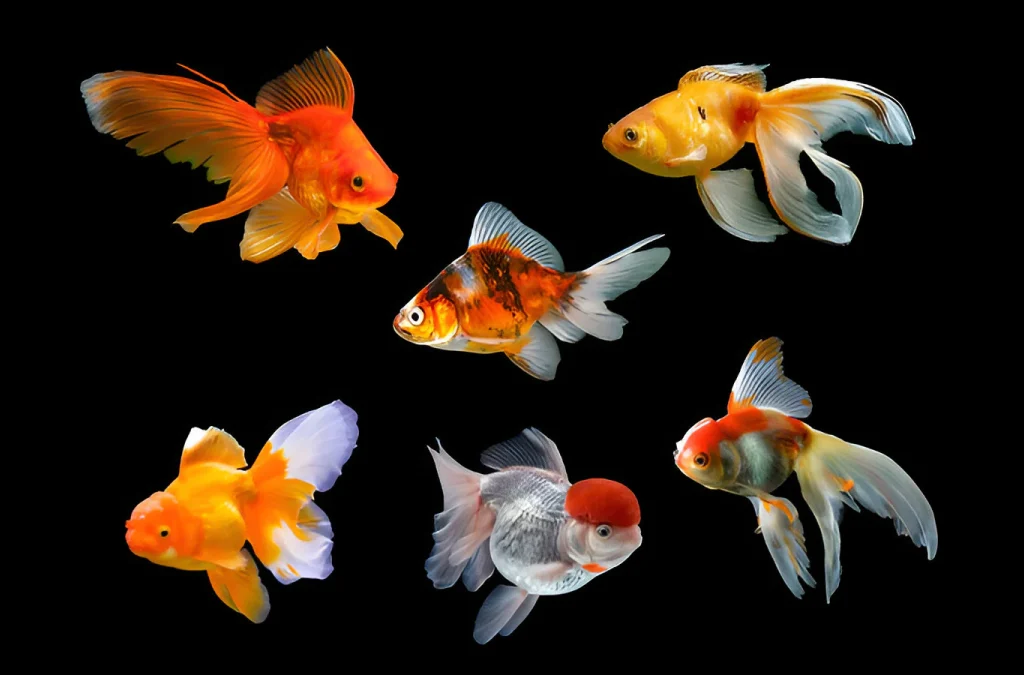
Single-Tailed Goldfish
Goldfish with single tails tend to be more active than other breeds. Single-tailed goldfish have a streamlined body and a single, flowing tail fin. Their energetic nature allows them to flourish in larger sized tanks or outdoor ponds which makes them great for beginners.
Fancy Goldfish
Splendid goldfish have rounded physiques and broad tails, in addition to having distinguishing characteristics such as head growths or modified eyes. They require slower and calmer environments due to their fragile bodies and easier swimming. Fancy goldfish are best suited for indoor aquariums as they require additional monitoring and care.
Types of Goldfish
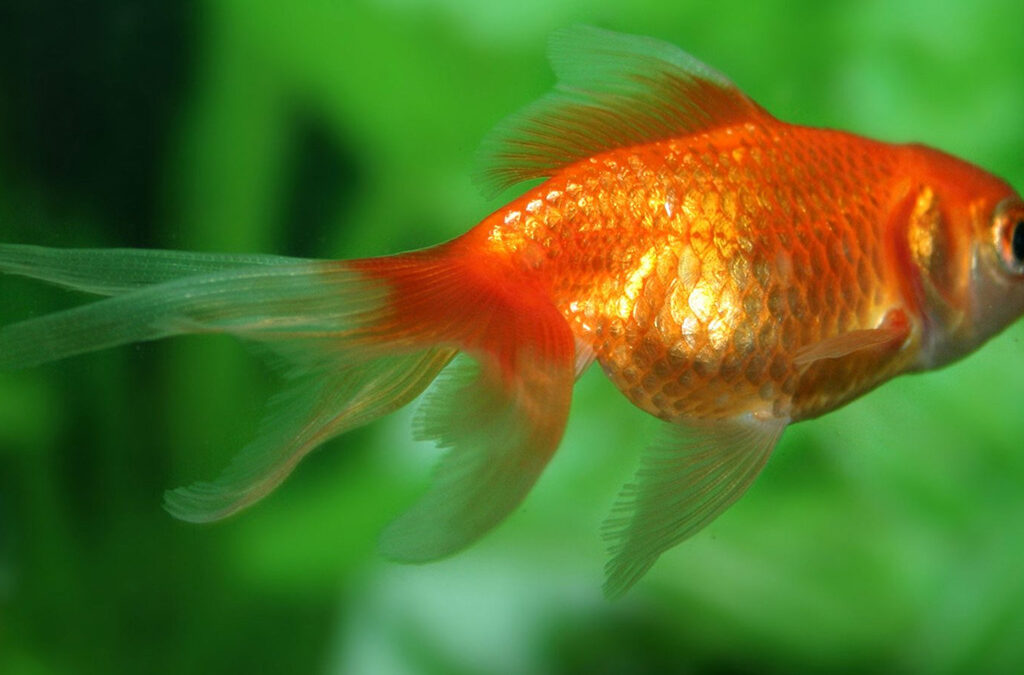
Single-Tailed Goldfish
Common Goldfish
This is the most basic and well-known type, together with goldfish of a single tail. Common goldfish have a single tail and are generally orange or gold. They are the most common goldfish and are also quite simple to maintain, making them desirable for novice pet owners. Each goldfish can grow fairly large and needs around twenty gallons of space in their tank.
Comet Goldfish
Comet goldfish are very active swimmers having the same body shape as common goldfish, but with longer and more flowing tails. They do well in larger tanks or even ponds due to their very active swimming behavior. They are quite entertaining to watch as a result of their energetic actions.
Shubunkin Goldfish
Shubunkins are distinguished by their striking calico coloration, which consists of red, orange, white, blue, and black patches. They are robust and enduring goldfish making them an excellent option for outdoor ponds. As with other single-tailed goldfish, a spacious environment is critical.
Wakin Goldfish
Wakin goldfish are somewhat a hybrid between single-tailed and fancy goldfish. They possess a slender build along with a double tail that makes them both agile and aesthetically pleasing. They are strong swimmers and adaptable which makes them well-suited to ponds and large aquariums.
Fancy Goldfish

Fantail Goldfish
With a round body, fantail goldfish have a uniquely split tail that fans out giving them a sleek look. They are regarded as one of the more simplistic types of fancy goldfish in terms of maintenance making them an ideal goldfish for novices who want to explore the more extravagant other varieties.
Ryukin Goldfish
Ryukins are characterized by the hump behind the head and deep body which gives them a striking look. Although having an unusual shape, they swim with a regal grace. Due to their size and structure, they require good water conditions and tend to need a bit more space in the tank.
Oranda Goldfish
Besides forming the largest of all goldfish types, the oranda is famous for its “wen,” a fleshy head growth that gives it a distinguished appearance. Due to their special needs, especially around the head area to prevent infections, orandas remain one of the most loved variants of fancy goldfish.
Ranchu Goldfish
Missing the dorsal fin, Ranchu goldfish possess a broad curvy back instead. And it is because of their amazing fluidic movements paired off with smooth appearance that they are regarded as the “king of goldfish” in Japan. It is essential for these goldfish to live in calm environments as their lack of dorsal fin makes them slow swimmers.
Lionhead Goldfish
Self explanatory, lionhead goldfish get their name from resembling a lion’s mane. Therefore, they are similar to Ranchus but with more pronounced head growths. Unique and needing the furthest amount of care possible, these goldfish are designed to be a delight for anyone who dares to handle their sensitivity, slow movement, and gentle nature.
Pearlscale Goldfish
These goldfish are easily recognizable because of their raised, dome-like scales that give a pearl-like appearance. As well as having rounded, nearly shaped like a golf ball body, adorably pearl scales allow pearlscale goldfish to swim harder, requiring a gentle environment.
Bubble Eye Goldfish
Bubble-eye goldfish (Carassius auratus) possess unique large eye sacs, filled with liquid, which are incredibly sensitive and prone to rupture if subjected to rough treatment or placed among aggressive tankmates. To prevent injury, these fin varieties require a calm, unobstructed tank.
Celestial Eye Goldfish
Those uniquely marked goldfish breeds with eyes rotated for a permanent upward gaze are known as celestial-eyed goldfish. The rotation of their eyes limits their vision so they can be at a disadvantage when competing for food. They also require special care and a tank that is devoid of sharp decorations due to their peculiar eye orientation.
Telescope Goldfish
Protruding large eyes characterize telescope goldfish. Goldfish of this type are very sensitive to danger considering that lack of proper vision makes them incapable of outrunning any threats. They are best kept in an aquarium with non-aggressive, slow-moving tank mates. Clear visual weakness goldfish possess great sensitivity, no matter the conditions they live in, which makes them very popular among collectors for their striking appearance.
Veiltail Goldfish
Goldfish and goldfishes have never been in the spotlight, until now. Veiltail is their supermodel. They boast extremely long flowing tails that trail behind them as they swim. Due to their heavy fins, they are slow swimmers and should be kept with other gentle goldfish.
Choosing the Right Goldfish for You
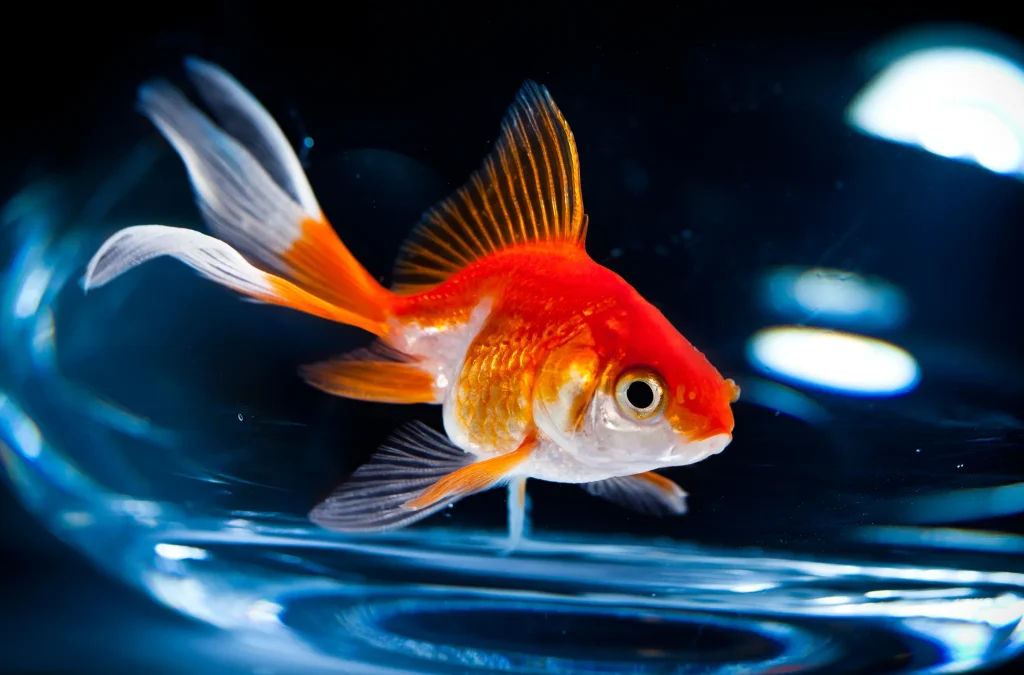
With a calm goldfish, an active one, or a certain level of experience a person has in mind, the overall idea of tank size dictates the selection process. Single-tailed goldfish are active and hardy, making them perfect for beginners. Fancy goldfish require more specific care and tank conditions, though they are more decorative.
For truly starter-level people, common goldfish/fantail goldfish are the safest selection. Advanced hobbyists, on the other hand, will relish the challenge and beauty of oranda, ranchu, or celestial eye variants. Whichever goldfish is selected, all of them come with certain space and maintenance restraints, which need to be thought through.
Types of Goldfish and Ways to Take Care of Each

Unlike fancy goldfish, single-tailed goldfish need large tanks that start from 20 gallons for each fish. Goldfish require well-filtered and sufficiently oxygenated water, as well as consistent water changes. Striving for success in keeping clean water is an absolute must.
In terms of water temperature, stability is key. It should be kept within the 65°F to 75°F region, with the ideal goal landing just towards the center of that range. Compared to normal goldfish, fancy goldfish prefer to stay warmer. Being omnivorous, goldfish relish a steady flow of flakes, pellets, and even fresh vegetables or protein snacks.
Fish health is multifaceted: for example, goldfish are more susceptible to swim bladder problems alongside skin fungal infections. Bubble eye and telescope varieties require additional attention to mitigate the risk of eye injuries. Social interaction is also important; do not mix fast swimmers with slow, more delicate species, as they may be bullied.
Common Myths About Goldfish

An example of a misconception would be that goldfish only expand to the size of their bowl; however, when properly cared for and given suitable space, goldfish are capable of growing substantially—generally, they can reach sizes between 6-12 inches long.
Another myth is that goldfish only have a three second lifespan when it comes to memory; in fact, goldfish possess remarkable memory capabilities and are able to remember their owners and simple tasks.
Lastly, goldfish are presumed to be a singular type; as this blog displays, however, goldfish are available in considerable amounts of species and types that display variance in needs, behavior, and physical characteristics.
Fun Facts About Goldfish
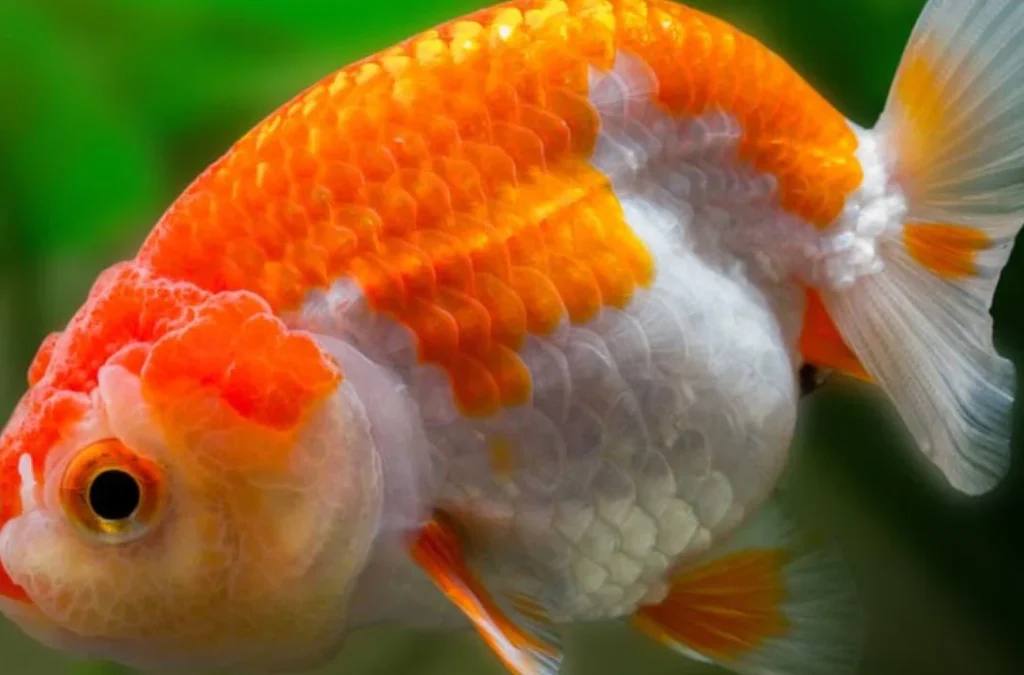
Goldfish can live in excess of twenty years—some reaching their thirties—if properly cared for. In addition, they are quite intelligent and are able to learn how to perform simple tricks, like identifying designated feeding times.
Goldfish have the ability to recognize their owners, often swimming towards the front of the tank as someone approaches. Moreover, they excel with the perception of colors, allowing them to view a wide spectrum of colors.
Their enhanced perceptual capacity and cognition makes them far more than mere decorations for aquariums.
Summary
There are two primary categories of goldfish which are single-tailed and fancy. Both come with distinctive traits of interest and require different levels of care. While single-tailed varieties are great for beginners and outdoor ponds, fancy goldfish offer ornamental beauty suited for indoor aquariums.
Pet owners looking to adopt a goldfish need to understand that selection of the type of goldfish is vital to ensure long-term health and happiness. Always study carefully the outlines of care which each goldfish will require before deciding to bring one home so that the best possible care can be provided.
FAQs
What is the easiest goldfish to take care of?
The easiest type of goldfish to take care of is the common goldfish due to its hardiness and adaptability.
Can different types of goldfish live together?
They can, but it’s best to keep goldfish that have similar activity levels and patterns of care together to prevent stress or injury to the goldfish.
How big can goldfish get?
Goldfish can grow to be 6 to 12 inches long, some even larger when kept in ponds with proper care.
How do I know if my goldfish is healthy?
A goldfish is healthy if they are active, have a good appetite, and show vibrant colors along with clear eyes.
Which type of goldfish is most expensive?
Some of the costly ones include Ranchu and Tosakin goldfish. The show quality specimens from Japan are considered one of the most expensive.
Last modified: April 27, 2025

